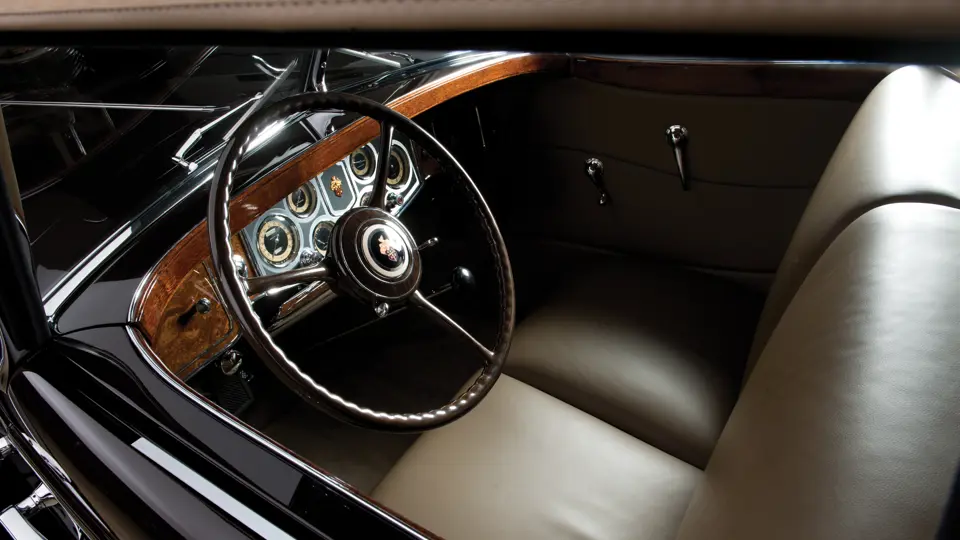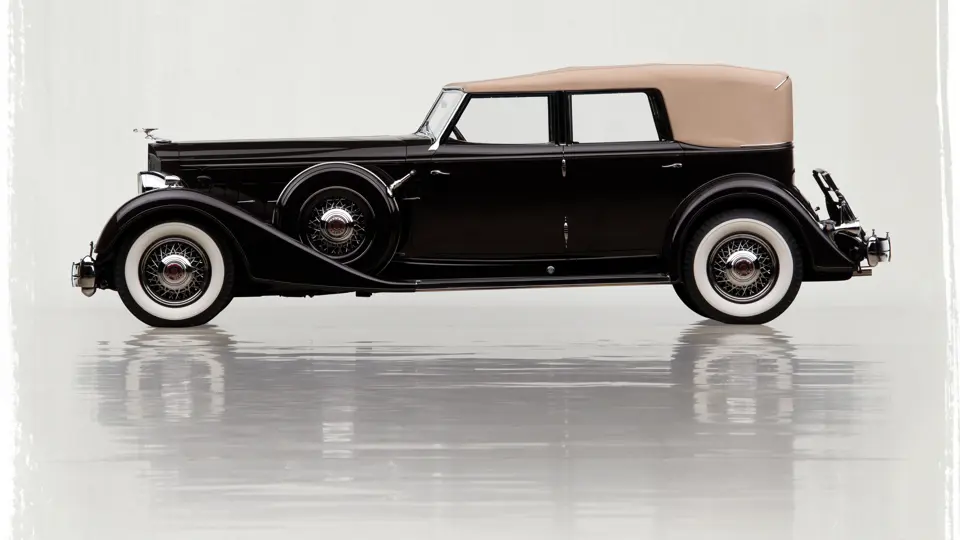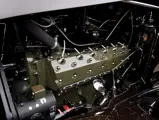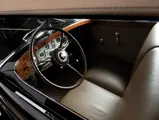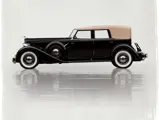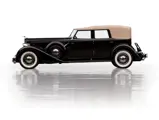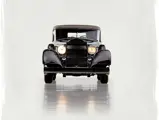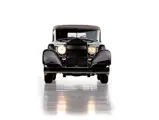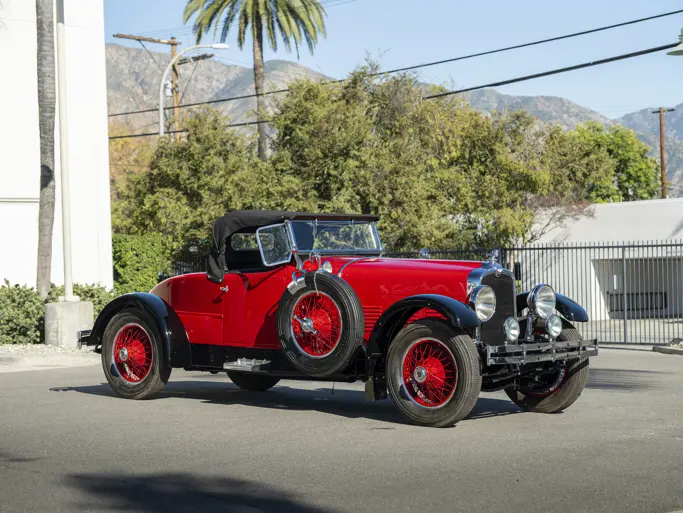Series 1108. Body Style 4070. 160 bhp, 445.5 cu. in. modified L-head V-12 engine, three-speed selective synchromesh manual transmission, vacuum-assisted clutch, shaft drive with a hypoid rear axle, front and rear leaf-spring suspension, and four-wheel vacuum-assisted mechanical drum brakes. Wheelbase: 147 in.
A competitor is said to have famously described Raymond Dietrich as “a man that the gods smiled upon.” Indeed, before striking out on his own in 1925, the redheaded young designer built an enviable résumé that included some of America’s most prestigious custom coachbuilders. He was an apprentice draftsman at Brewster, where he met Thomas Hibbard, with whom he would co-found LeBaron in New York City. Hibbard eventually went to Paris and decided to stay, while Dietrich was lured to Detroit by the Murray Body Corporation, through Edsel Ford’s influence. There, he took 50 percent ownership of a new firm, Dietrich Inc., which initially worked largely on Lincoln chassis, no doubt to the enthusiasm of the intellectual Mr. Ford.
However, Dietrich’s lasting glory would come as the result of the custom bodies that he produced for several Packard agencies. One of these agencies took three custom show cars that he bodied on a nationwide tour in 1926. At tour’s end, Dietrich received a shocking 150 orders. This was a number that did not escape Packard President Alvan Macauley’s notice. Macauley ordered another 175 bodies, beginning a long association with Detroit and Packard, which resulted in hundreds of custom and semi-custom bodies being ordered for the cars of East Grand Boulevard.
The most prestigious of these were the so-called Individual Customs, which were produced on Super Eight and Twelve chassis from 1932 to 1934. These cars were built largely to individual tastes, as true “factory customs” are. Their striking bodies were known for their lithe and sporty lines, which were created by the vee’d windshields, a beltline that curved away from the windshield, and an extraordinarily long hood line, and they were assembled on massive 147.5-inch wheelbase chassis. They were tremendously expensive, particularly in 12-cylinder form, and with a modified L-head V-12 that could displace 445.5 cubic centimeters and develop 160 brake horsepower, the Dietrich Packard had power to match its style. It was a masterpiece of form and function.
VEHICLE NUMBER 1108-26
The Eleventh Series Twelve Convertible Sedan is one of the most famous, prestigious, and desirable of all Dietrich Individual Customs, especially for this model year, when it was the only open four-door body style offered by Dietrich. Examples of this style can be found in the prestigious Nethercutt Collection, whose Orello is world-famous, as well as in numerous esteemed private stables worldwide. Yet, with only between 10 and 12 known to have persisted, survivors are extraordinarily rare.
The car offered here, vehicle number 1108-26, was owned by Felix Carpenter, of Florida and New Hampshire, until his passing in the early 1980s. In his ownership, it was recorded by its “theft-proof” firewall, number 184678, in Edward J. Blend’s The Magnificent Packard Twelve of Nineteen Thirty-Four. It is not known how long Mr. Carpenter owned the car, but it was likely a long-term acquisition. Eventually, it was acquired from Carpenter’s estate by Arthur Smith, of Connecticut, and after some three decades in Smith’s collection, it was purchased for the Andrews Collection.
Steve Babinsky, whose respected Lebanon, New Jersey, facility would restore the Packard, recorded the numbers off the car when it was purchased; the Dietrich body number of 6626 is stamped on the windshield, and it matches the number that was found on the original body wood. He further noted that the car had been sold new by the famous Earle C. Anthony dealership in Los Angeles. “It had never been taken apart,” he states, “with the body never off the chassis, and the engine and chassis numbers are very close together, which indicates that both are original.” A new vehicle number plate was installed, with the empty delivery location and date typical of an Individual Custom.
Much of the wood, including in the door sills, required replacement, but the shop was able to use all of the original sheet metal, which was expertly refinished in an extremely dark auburn. The fenders had never been off the car, and they still have their original welting around the edges. It was only missing the windows in the doors, but Mr. Babinsky was able to borrow the windows from another car and copy them exactly. The original top was good for patterns, as was the interior, both of which Mr. Babinsky and his team were able to reproduce to exacting original specifications, in light brown leather and tan canvas, respectively.
The car has been tremendously successful in national competition. It was awarded Best in Class in the notorious and fiercely competitive American Classic Open class at the 2010 Pebble Beach Concours d’Elegance, where it also received the Classic Car Club of America Trophy. In 2011, the car received an Amelia Award at the Amelia Island Concours d’Elegance, and in 2012, it went on to become a CCCA Senior award winner, being awarded badge number 2981S.
As this Packard is still exhaustively finished and thoroughly accurate in all of its details, with nearly perfect panel gaps, it presents as a concours-finished automobile in all regards, and it is set to continue making successful show appearances with a new owner. It is beautiful from virtually any angle.




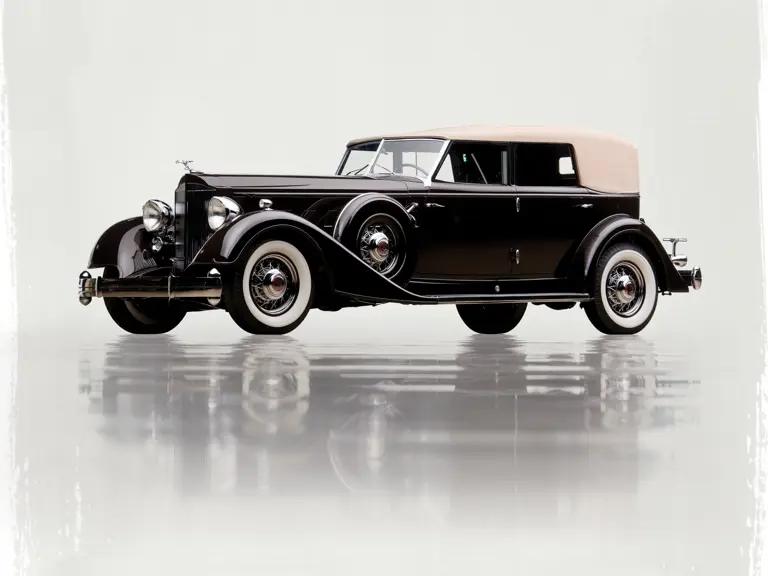
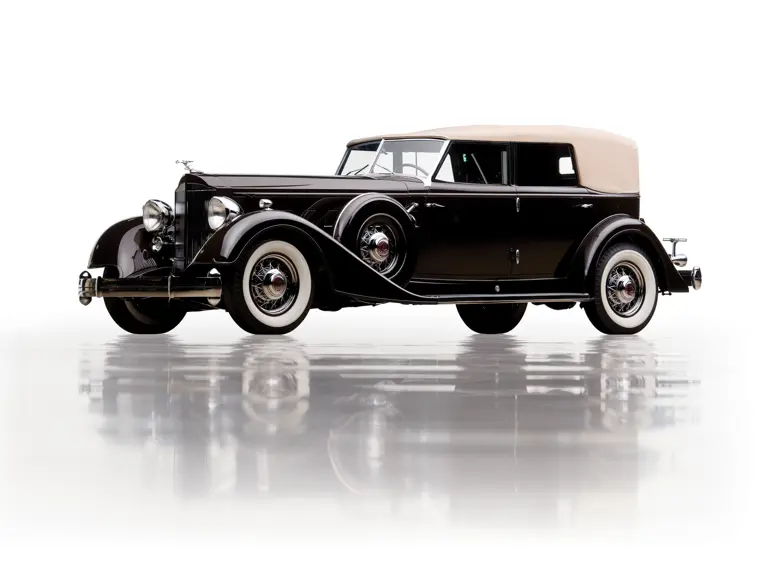
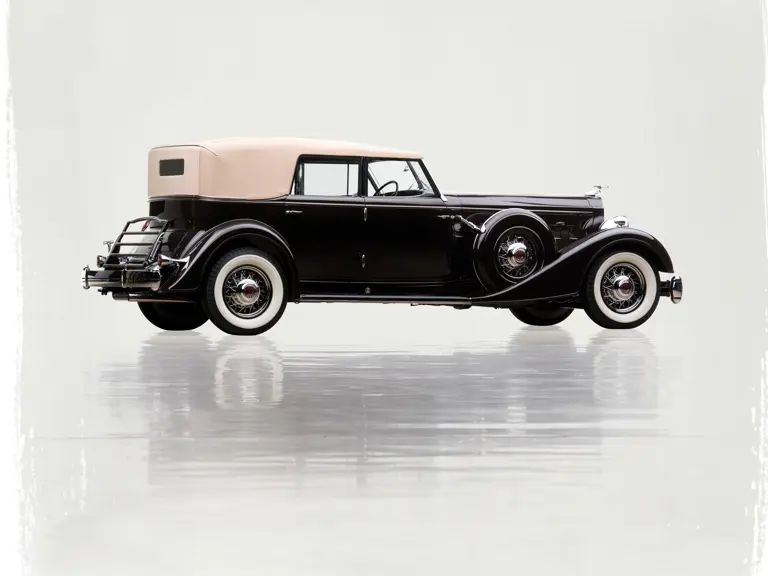

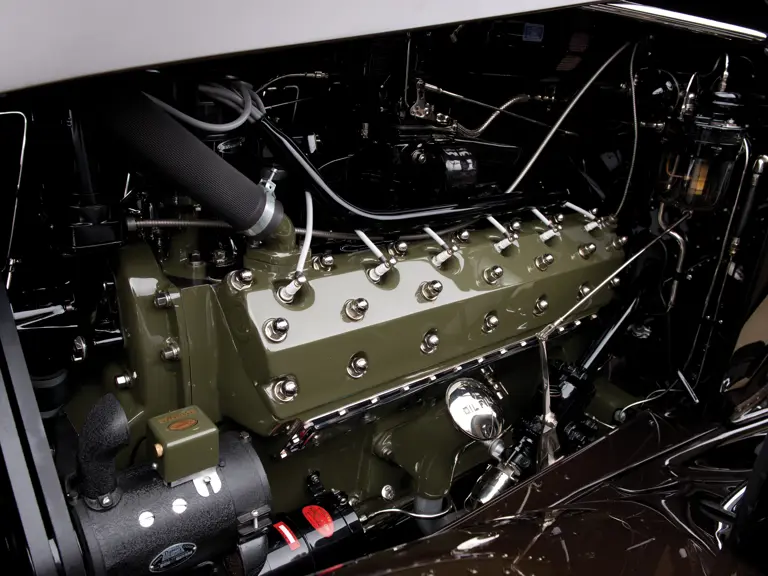
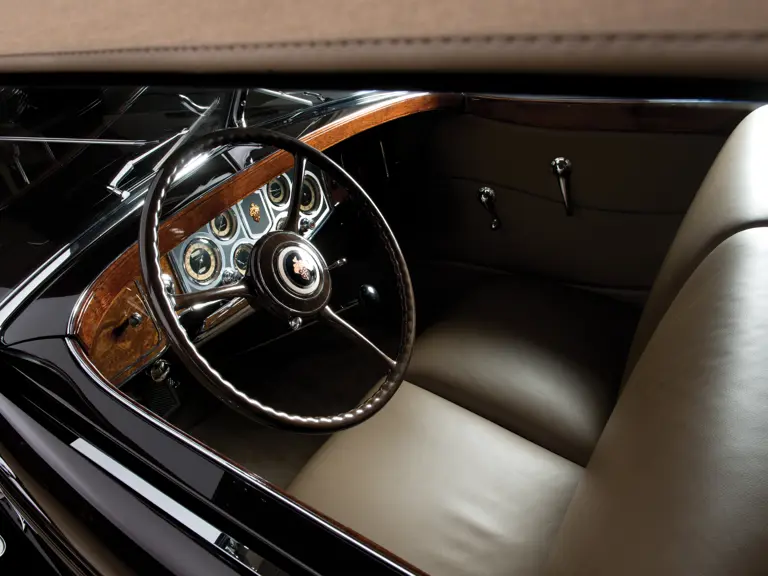
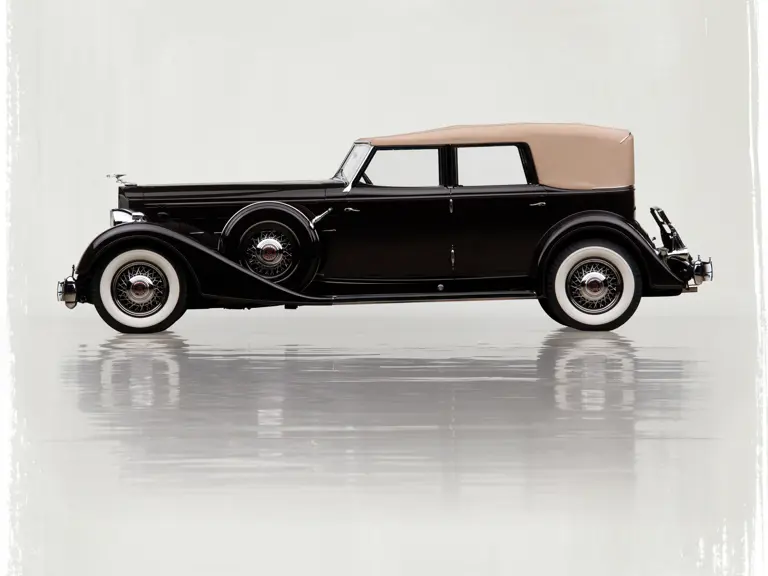
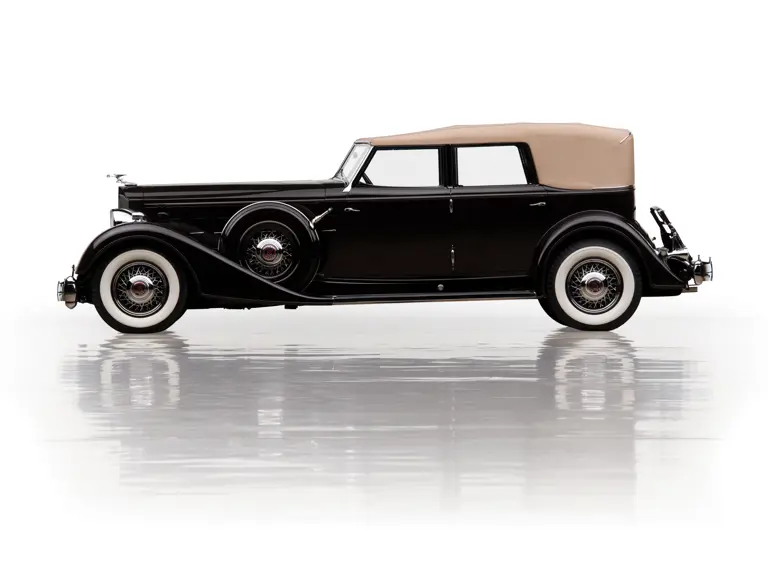
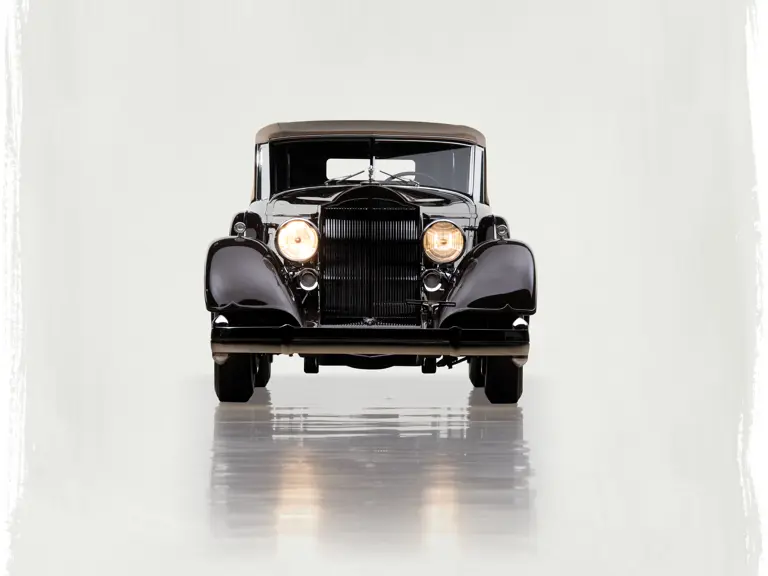
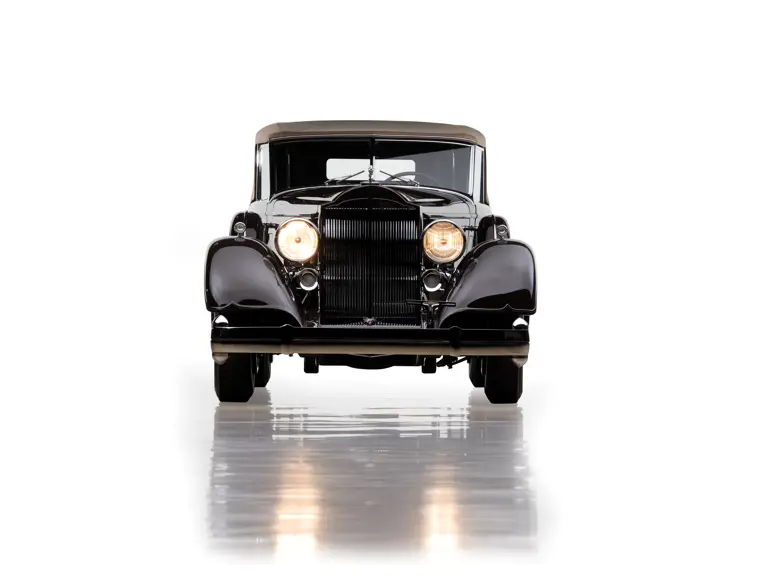
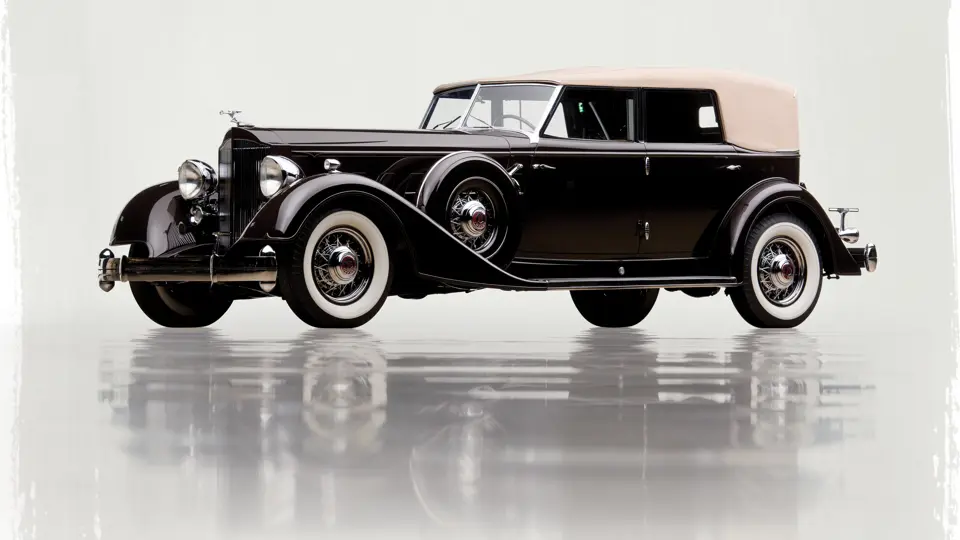
 | Fort Worth, Texas
| Fort Worth, Texas

